
As the 19th century drew to a close, inventors worldwide were feverishly working to conquer the air. Ambitious minds sketched designs, built contraptions, and dreamt of soaring above the Earth. This international competition spurred rapid advancements, with each breakthrough building upon the last. However, the question of “Who invented the plane?” still needs to be answered. Let’s read more to find out!
Defining “First Flight”

Different interpretations exacerbate the “first flight” controversy. Several factors determine credit, including control, sustained power, observed flights, and official documentation. This intricacy emphasizes how collaborative technical growth is and how difficult it is to assign credit for individual ideas.
Cultural Pride in Flight
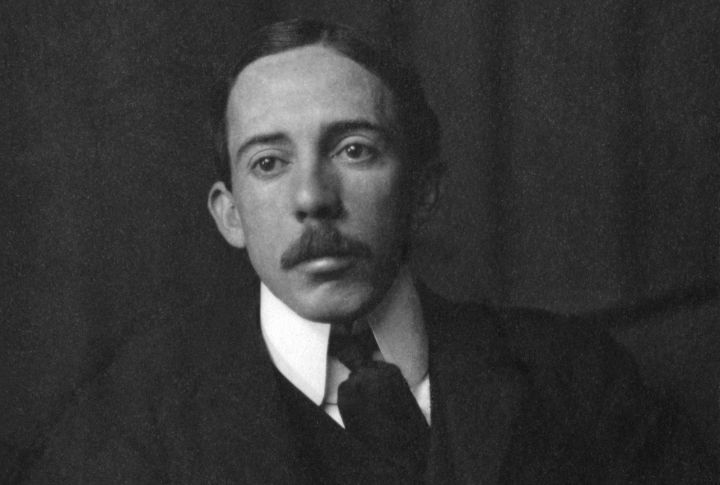
Cultural factors also play a role in the “first flight” debate. In Brazil, Alberto Santos-Dumont is recognized as aviation’s true pioneer, partly because his aircraft took off without external assistance. It highlights how national pride and cultural narratives can shape historical interpretations and recognition of scientific achievements.
The Wright Brothers’ Contested Crown
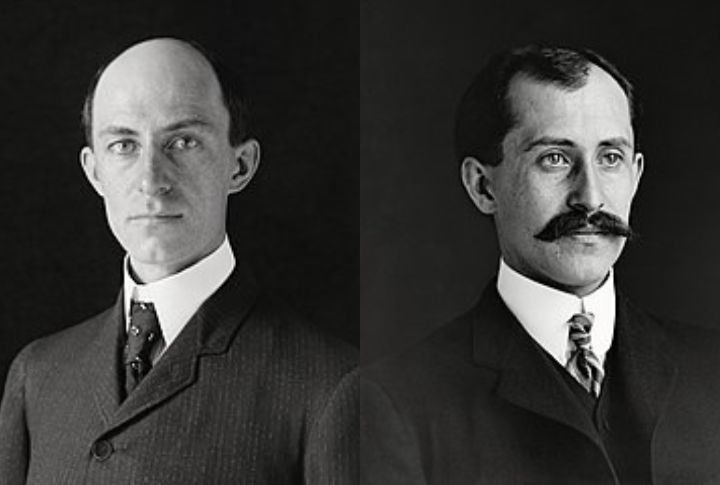
While Orville and Wilbur Wright are celebrated as aviation pioneers, their claim to inventing the airplane isn’t universally accepted. Several innovators made significant strides in powered flight around the same time, sparking ongoing debates about who truly deserves the “first in flight” title.
Clément Ader’s Éole Takes Flight
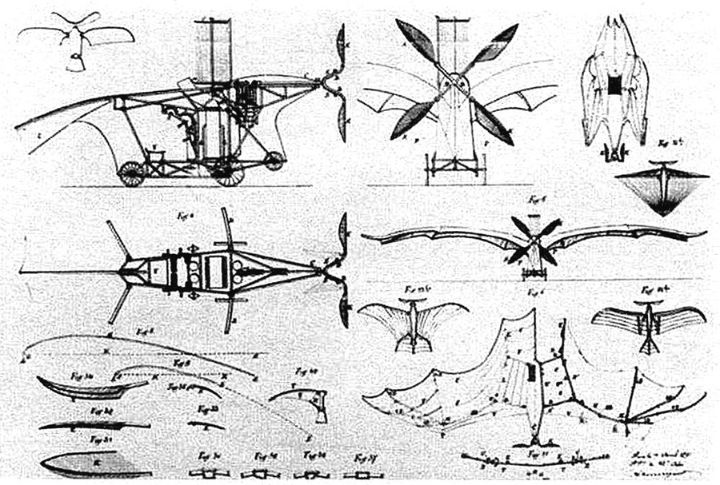
In 1890, French inventor Clément Ader’s bat-winged Éole became the first heavier-than-air machine to take off from level ground under its own power. Though it only managed a brief, uncontrolled hop, Ader’s creation marked an important step towards powered flight.
Gustave Whitehead’s Controversial Claims

German immigrant Gustave Whitehead allegedly achieved powered flight in Connecticut as early as 1901. Supporters point to newspaper reports and eyewitness accounts, including a flight of over 2,600 feet in August 1901. The Whitehead controversy challenges the Wright brothers’ primacy.
Samuel Pierpont Langley’s Near Miss
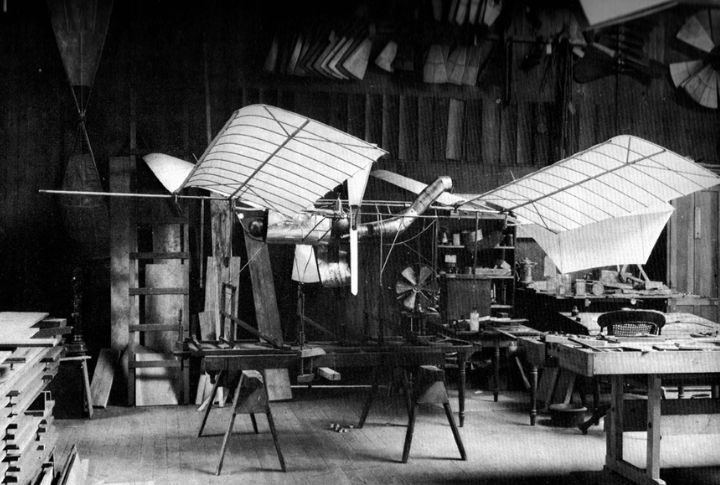
Smithsonian Secretary Samuel Langley’s “Aerodrome” narrowly missed making history. Two failed launch attempts in 1903, just days before the Wrights’ success, led to a bitter feud between the Smithsonian and the Wright brothers. However, Langley’s work contributed valuable research to aeronautics.
The Wright Brothers’ Historic Flight
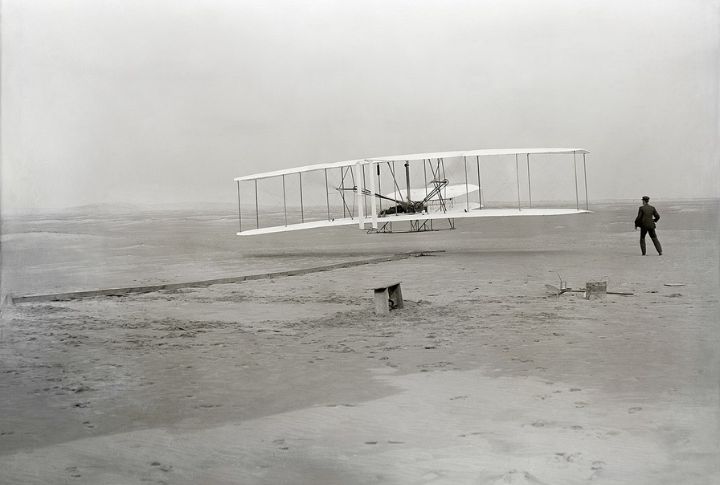
This flight is widely recognized as the birth of practical aviation. On December 17, 1903, near Kitty Hawk, North Carolina, the Wright brothers achieved sustained, controlled flight. Their Wright Flyer covered 852 feet in 59 seconds, backed by meticulous documentation and a scientific approach.
Alberto Santos-Dumont Wows Europe
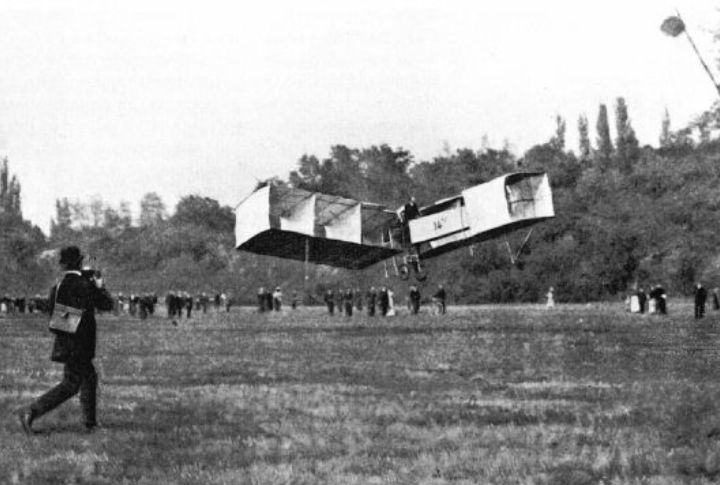
Brazilian aviation pioneer Alberto Santos-Dumont made the first public European flight in Paris on October 23, 1906. His 14-bis aircraft flew 60 meters at about 5 meters high, which was officially verified by the Aéro-Club de France. He was also titled a national hero in Brazil.
Richard Pearse: New Zealand’s Flying Farmer
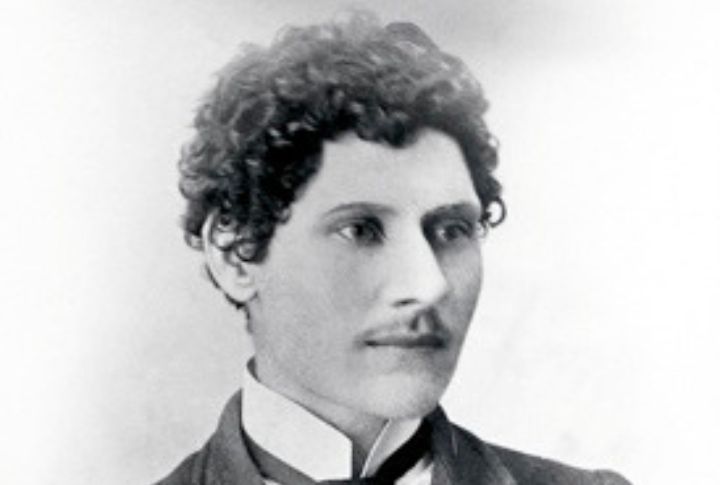
Some credit New Zealand farmer Richard Pearse with a powered flight on March 31, 1903. While Pearse never claimed the feat, researchers point to his innovative aircraft design and witness accounts. His bamboo-framed monoplane with a propeller design showed remarkable ingenuity.
Karl Jatho’s German Hops
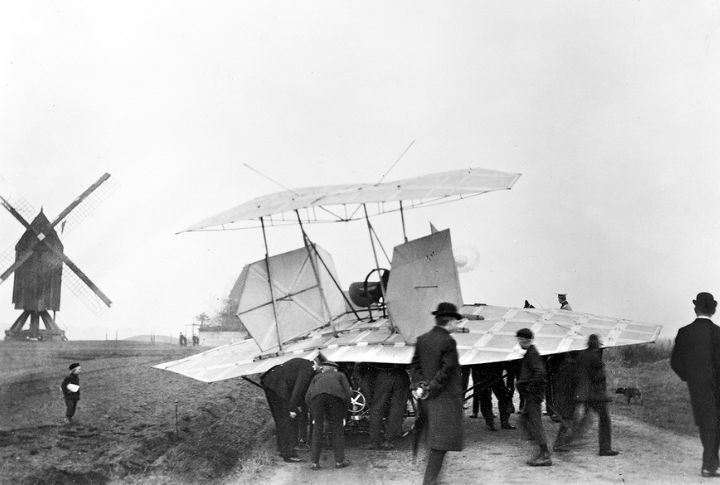
German inventor Karl Jatho reportedly made powered hops in Hanover between August and November 1903. On August 18, 1903, he claimed an 18-meter hop at 1 meter high. Jatho’s work, while less publicized, portrays the global nature of early aviation experiments with simultaneous progress.
Traian Vuia’s Wheeled Wonder
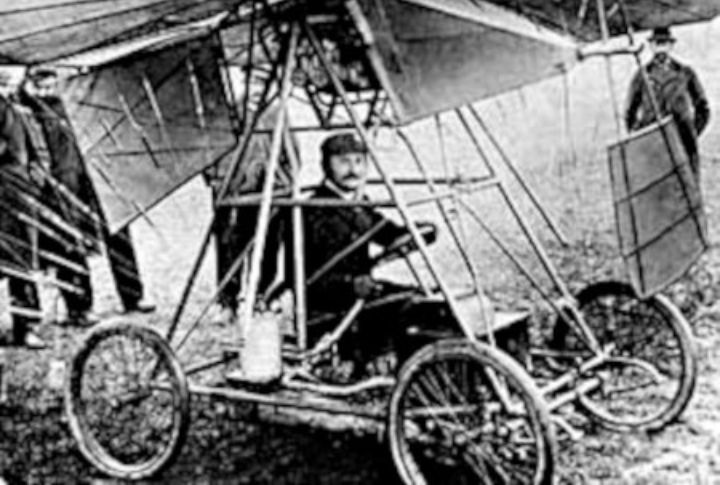
Traian Vuia, a Romanian inventor, proved that a machine weighing more than air could travel faster on wheels. On March 18, 1906, in Paris, his tractor-propeller monoplane accomplished an 11-meter powered hop. The design of the Vuia impacted the early European aircraft development.
Jacob Ellehammer’s Tethered Triumph
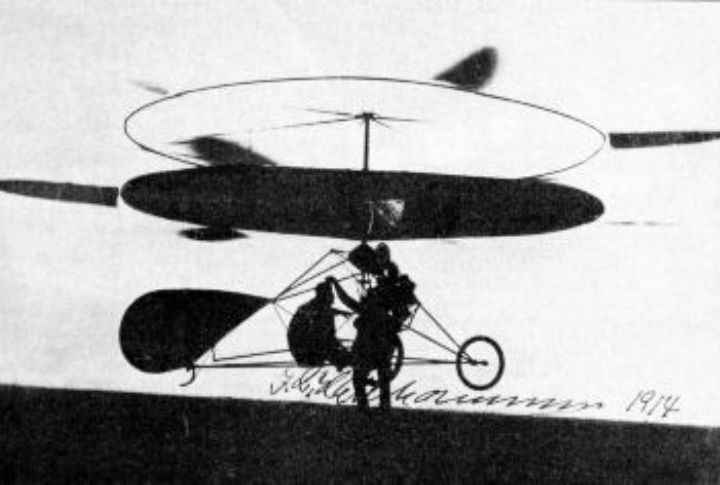
On September 12, 1906, Danish inventor Jacob Ellehammer accomplished a tethered propelled hop of roughly 42 meters. His work added to Europe’s expanding aviation knowledge base. However, this was not officially observed, despite the claims of some that it was a flight.
The Smithsonian Controversy
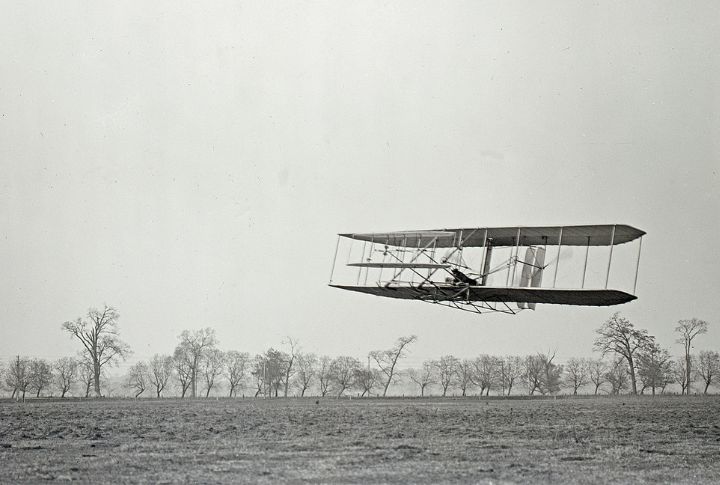
A contract between the Smithsonian and the Wright Brothers, requiring recognition of their first flight claim or forfeiture of the Wright Flyer exhibit, has ignited debate. Critics argue this agreement compromises historical objectivity, revealing the complex relationship between institutions and historical narratives.
The Wrights’ Secrecy
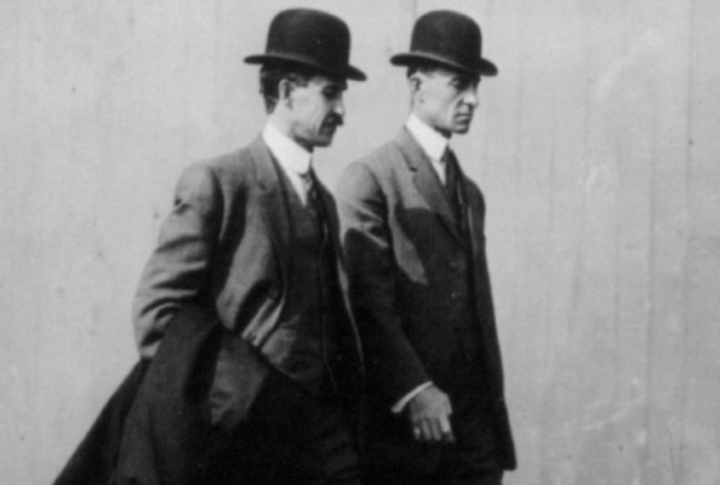
The Wright brothers’ initial secrecy and lack of public demonstrations until 1908 fed skepticism about their claims. This allowed other pioneers to gain recognition and support in the interim. Their approach towards protecting their invention reflects the competitive nature of early aviation.
A Collective Achievement
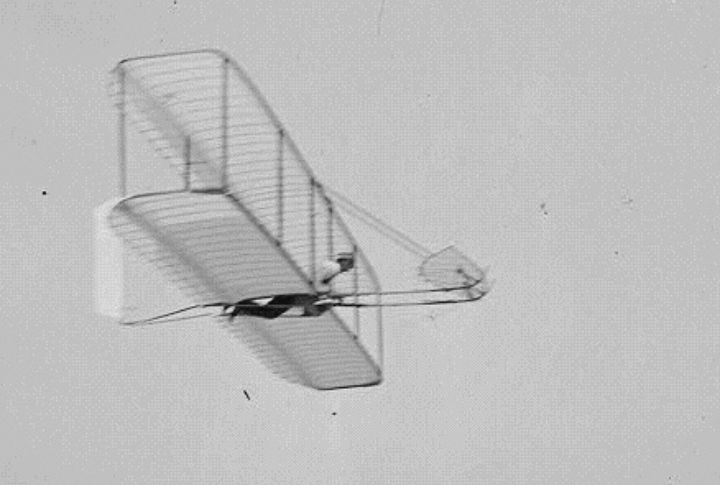
While the Wright brothers are widely credited with the first controlled, powered flight, numerous pioneers contributed to aviation’s birth. This collective effort launched humanity into the air age, transforming transportation and warfare. The story of flight exemplifies the interconnected nature of technological progress.

